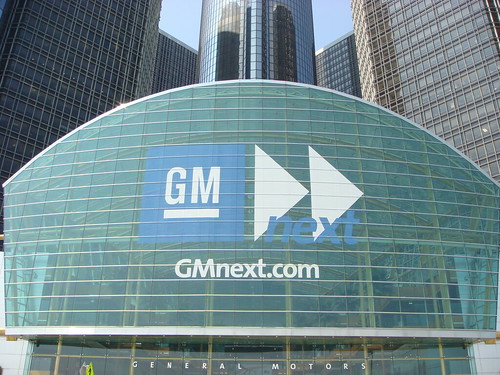US Hybrid Vehicle Sales Down 45.5% in April
(Source: Green Car Congress)
This post is sponsored by LemonFree.com
Reported sales of hybrids in the US reported by Toyota, Honda, Ford, GM and Nissan dropped 45.5% year-on-year in April to 21,735, despite full month sales for the new Honda Insight and the Ford Fusion and Milan hybrids. Total LDV sales in the US were down 34.4%.
The reported sales represented a 2.65% hybrid new vehicle market share (based on Autodata’s total LDV sales figure)—the highest monthly new vehicle share for hybrids so far this year, but below the 3.2% high mark in April 2008. Year-to-date in 2009, hybrids are holding a 2.4% new vehicle market share.
Toyota. Overall, Toyota saw a 62.8% drop year-on-year in its combined hybrid sales in April 2009. Year-to-date US sales of Toyota hybrids through April are down 51% to 49,660 units from 101,334 for the same period last year.
In advance of the market introduction of the new 2010 Prius, Toyota Prius sales dropped 61.5% in April to 8,385 units from 21,757. Other results:
- Sales of the Camry Hybrid were down 67.1% to 2,198 units, representing 8.7% of Camry sales. Sales of conventional Camry models were down 31%.
- Sales of the Highlander Hybrid were down 63.8% to 933 units, representing 16.7% of Highlander sales. Sales of conventional Highlander models were down 37%.
- Sales of the RX 400h Hybrid were down 59.7% to 655 units, representing 10.5% of RX sales. Sales of conventional RX models were up 1%.
- Sales of the GS450h were down 59.8% to 33 units, representing 7.1% of GS sales. Sales of conventional GS models were down 71%.
- Sales of the LS 600h L were down 84.4% to 19 units, representing 2.5% of LS sales. Sales of the conventional LS models were down 60%
Honda. With the first full month of sales of the Insight, Honda moved up to the number two slot behind Toyota, with 5,457 units sold. The Insight sold 2,096 units in April, and pushed combined Honda hybrid sales up 25% year-on-year. In April 2008, Honda had the Civic Hybrid on sale as well as the low-selling Accord Hybrid (25 units in April 2008).
Honda sold 3,361 Civic Hybrids in April, down 22.3% year-on-year, and representing 12.8% of all Civics sold. Sales of conventional Civic models were down 23% in April.
The new Fusion and Milan hybrid sedans sold a combined 1,165 units, representing 5.7% of all Fusion and Milan sales in April. Sales of conventional models of the Fusion and Milan climbed 3% year-on-year in April.







